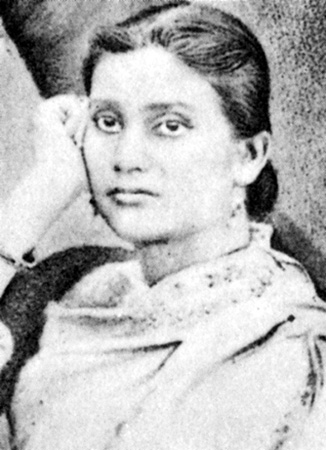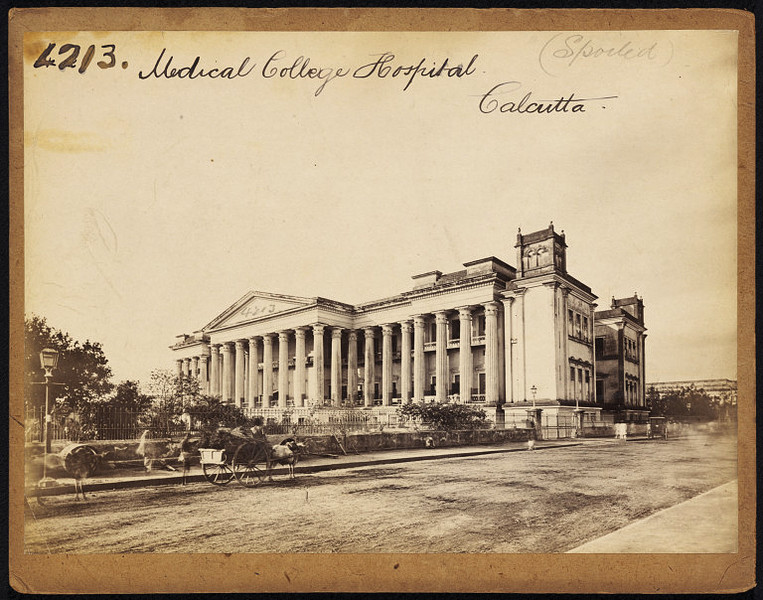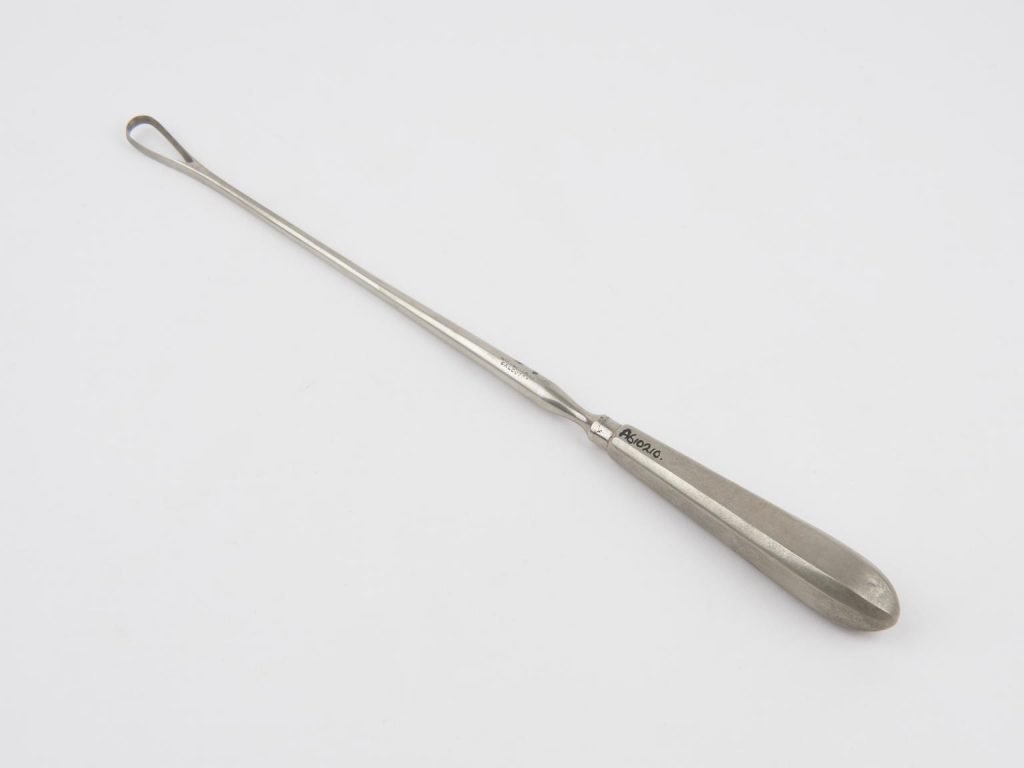Born in Bhagalpur, Bihar, in 1861, Kadambini was raised in an upper-caste Bengali family originally from Barisal District in modern day Bangladesh. At the time of her birth, the region was still part of the British Raj and going through a series of religious, social, and educational advancements called the Bengali Renaissance. These advancements however were not inclusive of everyone. In a society shaped by patriarchal structures and colonial oppression, women still experienced inequality and were vastly excluded from educational opportunities.
As an influential member of the progressive reformist Hindu movement Brahmo Samaj, as well as headmaster of Bhagalpur School and co-founder of India’s first women’s rights organisation, Kadambini’s father however realised the value of a good education. Thus, after attending Primary School in Bhagalpur, Kadambini was encouraged to move to Calcutta to visit Banga Mahila Vidyalaya, India’s first Liberal Arts college for women. Following society’s conventions, this is where her educational journey should have ended. For Kadambini however, leaving school was only the beginning.

In 1878, she applied to sit the entrance exam for Calcutta University. With universities being strictly male domains, this had only been attempted by one other woman before, Chandramukhi Bose. Despite passing the exam, Chandramukhi was not accepted into the university. Kadambini too passed the exam and excelled, but just like for her peer, there was no place deemed suitable for her to study.
Determined as she was, Kadambini refused to let this stop her and with the help of school mentors achieved so highly, that classes were set up for her at Bethune Girls School. A lecturer was appointed to teach her philosophy, mathematics, history, and English, and she received a scholarship to support her studies. It was through this arrangement that Bethune College was created, starting with only Kadambini and her teacher. This step opened the door for other female students, including Chandramukhi. In 1883, both Kadambini and Chandramukhi were awarded bachelor’s degrees, becoming India’s first two women to graduate university.
After graduating, Kadambini married her mentor at Bethune College. Dwarkanath Ganguly was a leader of India’s women’s rights movement and supporter of women’s reforms, but also 17 years older and a widower. Their marriage was viewed with scepticism, but the pair would not give in. Despite being married and raising eight children, Kadambini decided to study Western medicine at Calcutta Medical College with her husband’s encouragement. Again, a very unconventional decision to make. Western Medicine, more than anything, was a male field and at this point, only Madras Medical College allowed female students, who for the most part were European.

As usual, Kadambini and Dwarkanath would not accept this. With the help of Brahmo Samaj, they fought Calcutta Medical College’s resistance, who eventually gave in and admitted Kadambini. Once at university, the obstacles were far from over. Excelling in all other subjects, Kadambini was repeatedly failed by a professor who did not agree with the idea of women in medical professions. Unable to contest her teacher’s decisions, Kadambini was refused an MB degree and awarded a Graduate of Medical College of Bengal certificate instead.
Despite this defeat, Kadambini had created a stir. So much so, that her accomplishments were noticed by Florence Nightingale. In a letter to a friend, she wrote:
“(She) has already passed what is called the first licentiate in medicine and surgery examinations and is to go up for the final examination in March next. This young lady, Mrs. Ganguly, married! After she made up her mind to become a doctor! and has had one, if not two children since. But she was absent only thirteen days for her lying-in!! And did not miss, I believe, a single lecture!!”
Meanwhile, changes were beginning to happen in the country’s health care system. In 1885, the Lady Dufferin Fund was set up. The fund was an initiative to improve women’s health, especially during childbirth, but also an attempt of spreading the acceptance of Western medicine and establishing a closer link between Great Britain and India. The initiative included scholarships for Indian women to be trained as doctors, hospital assistants, nurses, and midwives, as well as the construction of female hospitals, wards, and dispensaries. The hope was that women would feel more secure when being tended to by other women, especially when treated in their own homes and private spaces.

Kadambini was offered a job in one of these new institutions – Eden Hospital. Most other female doctors however were European and had been educated at European universities. Indian doctors, including Kadambini, were frequently considered less qualified as their European and male colleagues and as a consequence given less demanding tasks and nursing jobs. Kadambini’s attempts to start her own practice too proved to be difficult. Added to the struggles of being a woman in the colonial-patriarchal structures of late 19th century was her lack of an MB degree.
Kadambini, however, was not one to give up and decided to embark on a journey to Europe to acquire more medical qualifications. In 1893, she boarded a ship and enrolled in Edinburgh’s Royal College of Physicians. An endeavour that was unprecedented for a married woman with children. Within only three months of her arrival, Kadambini obtained a triple diploma from Edinburgh’s Royal College of Physicians, as well as the College of Surgeons in Glasgow and the Faculty of Physicians and Surgeons in Dublin.
Having achieved her goal, she returned to Calcutta and was offered a senior position within gynaecology and obstetrics at Eden Hospital. Her private practice specialising in women and children also began to flourish and Kadambini’s name was soon in high demand. So much so, that even the Royal Household of Nepal took notice of her and hired the doctor to treat the king’s mother.

Throughout her life, Kadambini was not only a pioneering medical professional but also an activist for women’s rights and emancipation. Apart from her participation in the protest movements following the partition of Bengal in 1905 and her efforts to improve the working conditions of female miners in Bihar and Orissa, she was among the first female members of the Indian National Congress. Women were at that point not allowed to address the congress, but Kadambini made history by being the first ever woman to speak on the platform when thanking the chairman at the Congress’s session in Calcutta.
After having led a life overcoming challenges and broking barriers for herself and other women, Kadambini passed away on the 3rd October 1923. Reportedly just after having completed her last surgery on the same morning.